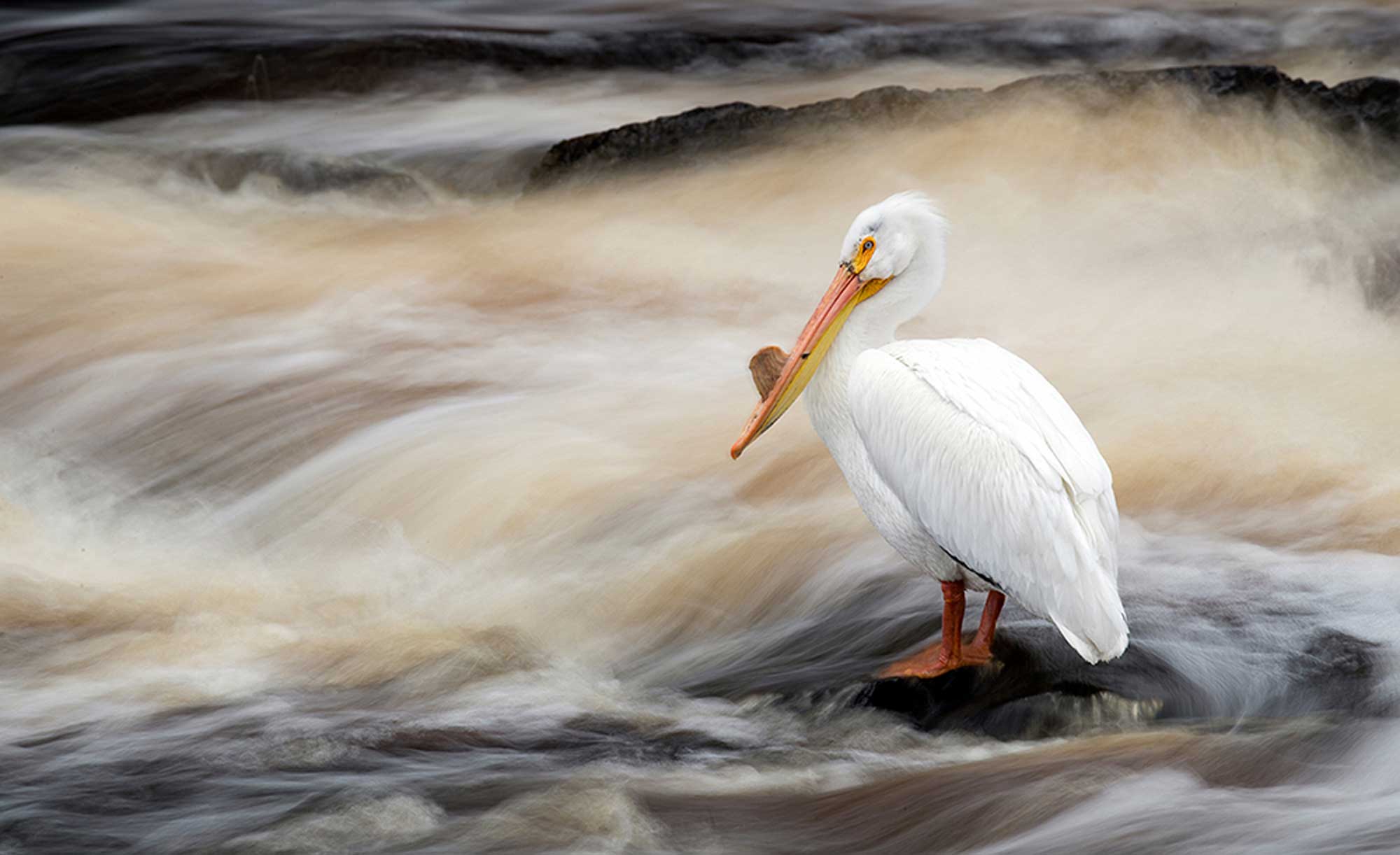In the face of a fierce challenge from top-tier mirrorless cameras, traditional (and not so traditional) DSLRs are not merely holding their own—they’re still the go-to choice for most working professionals. Why? They deliver a full complement of advanced, cutting-edge features plus awesome real-world performance, impressive dependability, and full compatibility with a wide range of existing pro-class lenses. And their robust, ergonomically contoured, well-balanced, weather-resistant bodies look and feel like “real cameras” with conveniently placed traditional controls.
Indeed, these cameras represent the logical evolution of the DSLR and they’re classic examples of successful adaptation to a rapidly changing environment. In short, the seven superb cameras detailed below are as good as any in the world, and that’s why they belong on the short lists of serious photographers who want to take their photography to the next level.
Here are our picks for best professional DSLR cameras:
1. Canon EOS-1D X Mark II,

The flagship of the Canon EOS line combines state-of-the-art image processing with robust multimedia capabilities. Its 20.2MP full-frame CMOS sensor is integrated with advanced Dual DIGIC 6+ Image Processors to deliver a sizzling 14 fps full-res burst rate (16 fps in Live View) plus DCI 4K (4096 x 2160) video capture at up to 60 fps and 800 Mbps, and Full HD at up to 120 fps for slow-motion playback.
Its 61-point High-Density Reticular AF II and Dual Pixel CMOS AF systems provide 41 cross-type zones for enhanced focusing precision. A separate dedicated DIGIC 6 processor maintains impressive AF speed when shooting 4K video and at high framing rates.
Other key features: a 3.2-inch 1.62M-dot Clear View II Touchscreen LCD monitor, 8.8MP Still Grab when shooting video, native sensitivity settings to ISO 51200 expandable to ISO 409600, built-in GPS, Dual CF and CompactFlash memory card slots, and an advanced 360,000-pixel RGB+IR metering sensor integrated with the EOS Intelligent Tracking and Recognition AF system.
It’s all built into a robust, dust-and-weather-sealed magnesium alloy body with an Intelligent Viewfinder II pentaprism finder that provides sophisticated configurable readouts, and an integrated ergonomic grip.
2. Canon EOS 5D Mark IV,

The latest iteration of Canon’s hugely successful EOS 5D series DSLRs, the 5D Mark IV delivers exceptional image quality and fine detail thanks to its 30.4MP full-frame CMOS image sensor integrated with Canon’s state-of-the-art DIGIC 6+ Image Processor. This combination provides DCI 4K (4096 x 2160) video capture at 30 fps plus 8.8MP full-frame 8.8MP Still Grabs, a native ISO of 32000 that’s extendable to ISO 102400, and full-res bursts at up to 7 fps with images storable on both CF and SD cards.
Other features: a 61-point High Density Reticular AF system with an AF Area select button, Dual Pixel CMOS AF, Movie Servo AF options, and Dual Pixel RAW that allows users to fine-tune image parameters including bokeh and micro focus adjustment after the picture is taken.
The Mark IV also has a Clear View II 3.2-inch, 1.62m-Dot Touchscreen LCD Monitor to complement its bright pentaprism eye-level optical viewfinder, and built-in Wi-Fi connectivity with NFC and GPS. Its robust, durable body has enhanced ergonomics that include a front-mounted N3 remote port, upgraded weather resistance, and a new Mirror Vibration Control System to maximize sharpness in handheld exposures.
3. Nikon D5, , in CF or XQD versions.

Nikon’s pro flagship DSLR provides the speed and precision pros demand, along with a host of high-end capabilities. The D5 combines a 20.8MP FX-format CMOS sensor with Nikon’s top-of-the line EXPEED 5 Image Processor to deliver a blazing full-res burst rate of 12 fps for 200 shots, full AE and AF while shooting lossless 14-bit NEF and 12-bit RAW S Format files, sensitivity settings from ISO 100 to 102400 (extendable to ISO 3,280,000), 4K UHD video recording (3840 x 2160) at 30, 25, and 24 fps, and Full HD recording options.
Its Multi-CAM 20K AF system provides 153 phase-detection points, including 99 cross-type sensors, with 55 selectable points for optimum shooting flexibility, Dynamic-Area, Group-Area, and Auto-Area AF, and 3D tracking.
Other key features: A 3.2-inch 2.36M-Dot Touchscreen LCD monitor, Dual XQD memory card slots, AF fine-tune function, 400,000-cycle shutter, 1000 Base-T Gigabit Wired LAN support, and an Intelligent Scene Recognition System using a 3D Color Matrix 180,000-pixel RGB sensor. It’s all built into a robust, weather-resistant body with a magnesium alloy chassis, user-friendly controls, and an integral textured ergonomic grip.
4. Nikon D850,

This much anticipated upgrade of the popular D810 is the first of the breed to combine a new 45.7MP Back Screen Illuminated (BSI) sensor with no optical low-pass filter and a cutting-edge EXPEED 5 Image Processor. That combo delivers a full-res burst rate of 7 fps that can capture up to 51 compressed, lossless 14-bit RAW files with full AE and AF, sensitivity settings extendable to ISO 102400, and 4K UHD video recording at 30, 25, and 24 fps in full-frame or DX crop-sensor framing.
Other key features: a Multi-CAM 20k 153-point AF system with a choice of 24-, 72- and 153-point Dynamic-Area AF zones, fine-focus-tuning capability, 8K Time-Lapse mode, a 3.2-inch 2.36m-dot tilting touchscreen LCD, a 180k-pixel RGB sensor, a Negative Digitizer for optimized conversion of film negatives and slide images into hi-res files, a Focus-Shift Mode that allows sophisticated focus stacking of up to 10 image layers, and Wi-Fi connectivity including SnapBridge and Bluetooth.
It’s all built into a robust, dustproof, weatherproof body with a magnesium alloy chassis.
5. Pentax K-1,

Pentax’s top-of-the-line, full-frame, K-mount DSLR incorporates an ultra-hi-res 36.4MP CMOS sensor and a PRIME IV Image Processor to capture detailed low-noise images at sensitivity settings up to ISO 204800. The K-1 delivers a full res burst rate of 4.5 fps and incorporates an AA Filter Simulator that minimizes moiré patterns but omits the standard anti-aliasing filter to ensure maximum image quality. Its advanced wide-pattern SAFOX 12 AF sensor covers nearly the entire full frame area and has 33 AF points including 25 cross pattern and 3 f/2.8-luminance points that can operate in light down to -3 EV.
Its unique 3.2-inch cross-tilt LCD monitor can tilt upward 90 degrees, down 44 degrees, and 35 degrees laterally.
Other features: Dual SD card slots, Full HD 1080p video capability at 30 fps in full-frame or APS-C crop modes, a built-in 5-axis shake reduction system that provides up to a 5-stop advantage in handheld shooting, built-in GPS with AstroTracer function to minimize star trails during long exposures, and LED-illuminated body points on the lens mount, card slots, back of the LCD, and cable switch to facilitate low light operation.
All this and more are built into a robust body with a stainless steel chassis and magnesium alloy outer shell that’s fully weather sealed and freeze-proof to 14 degrees F.
6. Sigma SD1 Merrill,

Sigma’s top-of-the-line pro/enthusiast flagship DSLR features a new APS-C-format, higher-res version of the unique 3-layer Foveon X3 sensor that works like film to deliver full-color information at each pixel location.
Other upgrades: Dual True II image processing engine, 11-point twin-cross AF sensor, and a 3.0-inch LCD, all built into an upgraded magnesium body with O-ring-sealed buttons and enhanced weatherproofing.
Key performance upgrades: A maximum burst rate of 5 fps, an 11-point Twin Cross Sensor AF system, ISO settings to 6400, and shutter speeds to 1/8000 sec. While the SD1 doesn’t offer Live View, video capture, or tethering capability, it does deliver pro features like Micro AF adjustment, 3 Custom Mode settings on the exposure mode (PASM), and an easily removable IR filter for infrared shooting.
Where the Sigma SD1 really shines is in its imaging performance, especially at lower ISOs, where it delivers film-like images with exquisite detail and superb color rendition.
7. Sony Alpha a99 II,

Sony’s latest pro flagship A-mount model looks and feels like a DSLR, but it’s actually an ingenious hybrid design that employs a stationary translucent mirror to divert part of the light passing trough the lens to the advanced AF system sensors. The result is that it provides full-time AF before, during and after the exposure, which is crucial when shooting video or high-speed bursts. Its professional performance parameters include a new hi-res full-frame 42MP Exmor R BSI CMOS sensor, a state-of-the-art AF system with 399 on-sensor phase points for vertical detection and a second 79-point array (with 15 cross-type points) for horizontal detection, a tilting and swiveling 3.0-inch 1,228.8 k-dot 3.0-inch LCD monitor, and a 0.5-inch XGA 2.36m-dot Tru-Finder OLED EVF.
It delivers a blazing 12 fps maximum full-res burst rate with AF, incorporates an advanced BIONZ X image processor and Front-End LSI that enable sensitivity settings up to ISO 102400 and Internal UHD 4K video at 30 and 24 fps in XAVC S format.
Other key features: built-in 5-axis SteadyShot INSIDE image stabilization, Wi-Fi connectivity with NFC, custom color profiles including S-Log3 Gamma, a new, more compact, mostly magnesium body with comprehensive weather sealing, and an upgraded shutter rated for an impressive 300,000 cycles.
Featured image: Charles Glatzer www.shootthelight.com




